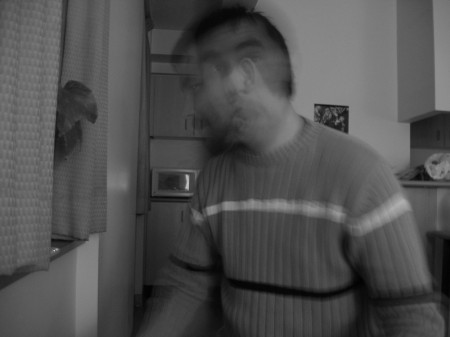
For those with a serious interest in the history and practice of cryptography, David Khan’s The Code-Breakers: The Comprehensive History of Secret Communication from Ancient Times to the Internet provides an enormous mass of knowledge. The scope of the 1200 page book is vast: covering everything from the earliest ciphers to the origins of public key cryptography in detail. It is probably fair to say that the period best covered is that between the Middle Ages and the Second World War, though the sections covering the decoding of Egyptian hieroglyphics and Linear B are also detailed and skilfully written. Those interested primarily in the contemporary practice of cryptography – or those seeking a more concise text – would be well advised to consider the books by Simon Singh and Bruce Schneier on the topic.
Khan’s book excels in actually describing how various cryptographic systems work, as well as how they were broken. For the most part, his analysis is factual and dispassionate. The sole exception is in the period covering the Cold War, in which his ire against the Soviet Union and those Americans who turned into traitors for it are acute. At times, the book gets into an excessive amount of detail about the bureaucratic organization of different cipher bureaus: including lengthy sections about how various wartime bodies were reorganized. In most cases, the book does not provide much biography on the men and women involved, though exceptions exist in the case of some of the most eminent or interesting cryptographers. The book does provide an interesting discussion of the history of writing on cryptography, including the impact that major publications had on the development of the field and its comprehension within society at large. Kahn also does a good job of debunking some of the many spurious claims that have been made about ‘revolutionary’ and ‘unbreakable’ cryptosystems that people have invented: stressing how the making of cryptographic systems is a realm of abstract mathematics, while the breaking of such systems is a gritty and practical exercise.
In addition to covering the techniques of cryptography and cryptanalysis themselves, the book covers many related security issues: including physical security, invisible inks, elements of spycraft, decisions about how to use information gleaned through cryptanalysis, and the use of broken cryptographic systems to transmit fake or confusing information. The book also covers the relationships between cryptographic work and the activities it is supporting. An especially intriguing section details the efforts of the American navy to combat rum smuggling during the prohibition era. Ships with floating cryptoanalytical laboratories provided vital intelligence to interception vessels, just as other cryptanalysis had helped re-direct U-boats away from German submarines during the Second World War. The book covers an enormous variety of code systems, ranging in use and sophistication. These include diplomatic and commercial systems, high level military systems used between major installations, systems for vehicles, trench codes for those on the front lines, and more. The most abstract section of the book contemplates communication between human beings and extraterrestrials, covering questions about how we could recognize alien communication, as well as mathematical steps through which a comprehensible discourse could potentially be established.
For those interested in actually breaking codes and ciphers themselves, the book provides detailed information on techniques including frequency analysis, factorization attacks of the kind used against polyalphabetic substitution ciphers, and the index of coincidence. It also provides a lot of information on the weak ways in which cryptography is often used and the kinds of errors that have allowed for key breaks into previously unreadable cryptosystems. While it would not be especially useful for attacking modern computerized cryptographic systems, it would provide some guidance for those seeking to break into amateur or puzzle-type cryptographic challenges.
The Code-Breakers may well be the most comprehensive cryptographic history available, though it is far less detailed in its description of post-Cold War cryptosystems than some of its more concise recent contemporaries. For those wishing to gain an appreciation for how cryptography emerged, the role it played for most of human history, and the techniques that have been employed to guard and attack messages, this is an ideal place to turn.







